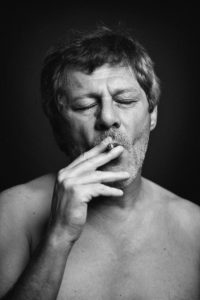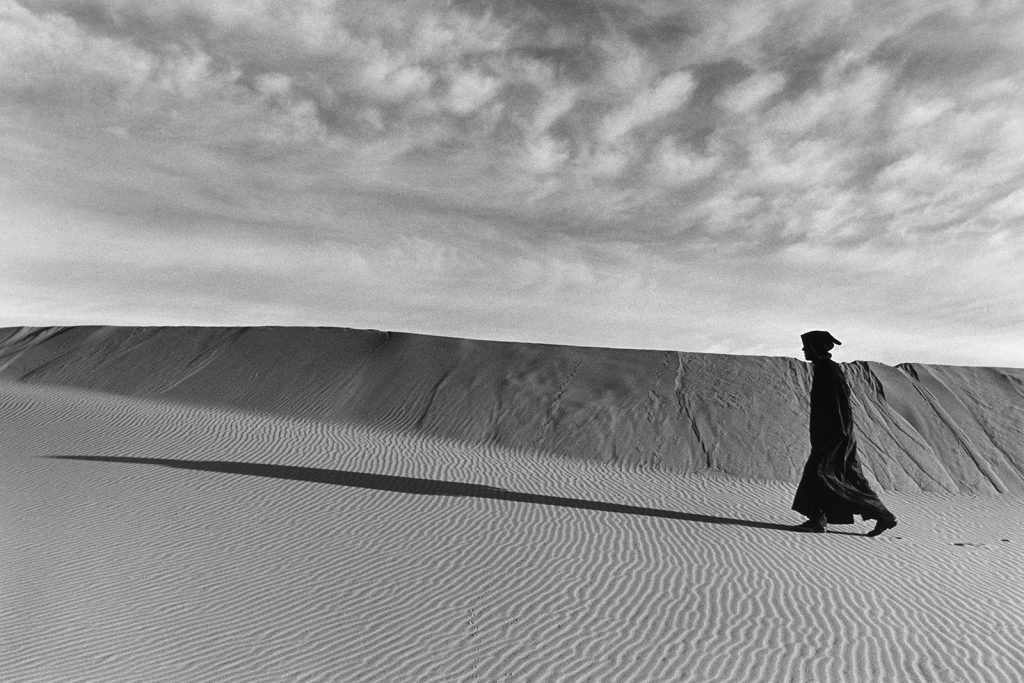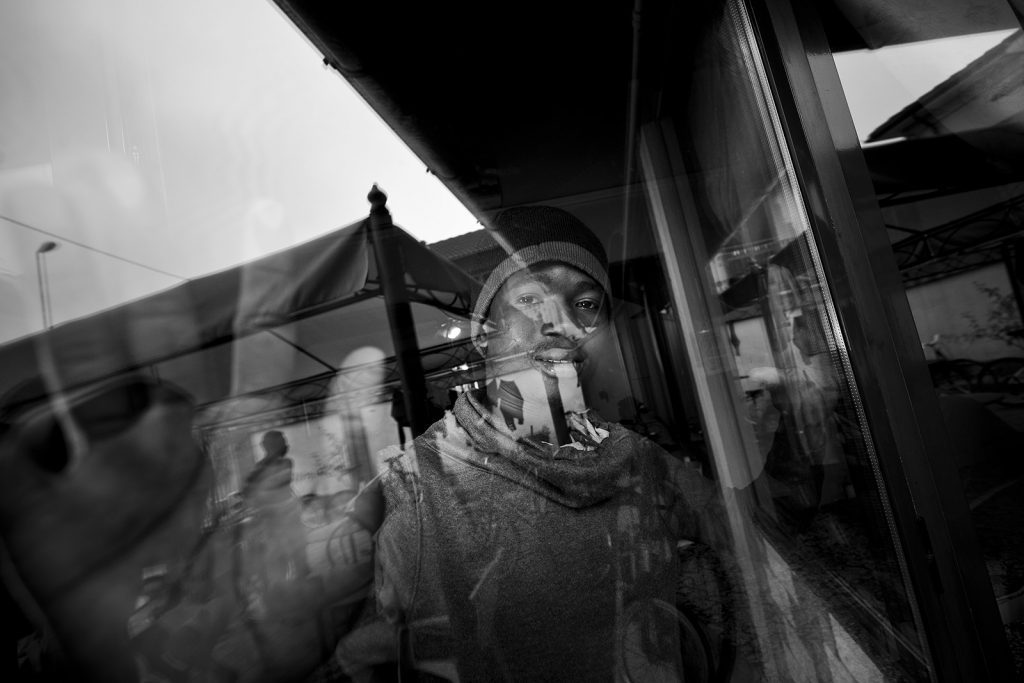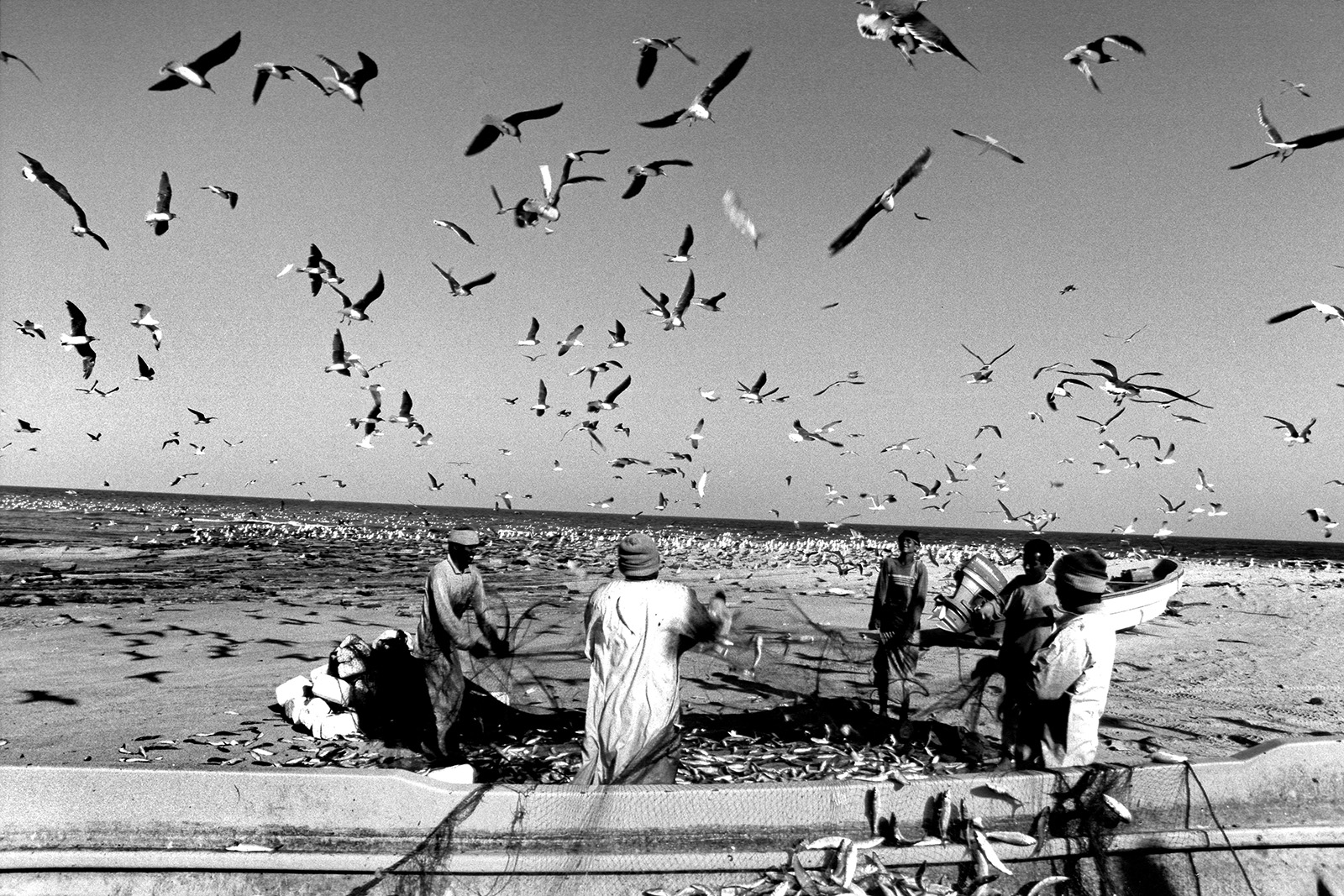“Every time we take a picture, we leave a seed in the terrain of history. Sometimes, these seeds become trees.”
Giovanni Mereghetti
Giovanni Mereghetti is an Italian photojournalist and lecturer. He began his photographic career in 1980 and collaborated with the most important Italian and foreign agencies, specializing in social photography and geographic reportage. During his career, he has documented the immigration of the 1980s in Milan, the withdrawal of Vietnamese troops from Cambodia, the Silk Road from Beijing to Karachi, the Iraqi embargo, child labour in Malawi, the Aborigines in the bicentenary year of Australia, the drama of the Nuba in Sudan as well as numerous Saharan expeditions; focusing in the last years on West Africa migrations. His photographs have been exhibited and presented in solo and group exhibitions in Italy and abroad. Giovanni Mereghetti is also author of many books. He currently lives and works in Milan. His works are part of the “Archivio Fotografico Italiano” Collection and we are delighted to do a Q&A with him.

When did you discover your passion for photography?
Unconsciously at 4 years. I had an aunt who owned a metal box with some family photos, including that of a military uncle in the Alps. I was fascinated by those yellowed photos and by what the image hid, beyond the single frame. I built with my child’s imagination a world that opened beyond the single shot and I can say that I still do today: I try to accompany anyone who looks at my photographs beyond the single „frame“, towards other perspectives, other narratives.
How did you enter the world of photography?
I entered at the age of 25, on the return of a journey that marked me and „carved“ inside. At the time I offered my service to Grazia Neri – a renowned agency in Milan – and they gave me the necessary support by following me in a complex work on migrants (at the time they were coming from Albania to the Italian shores). I can say that this project continues today because the world – for better or for worse – is always on the move. From this opportunity then began a series of collaborations with national and international magazines.

Is there a particular project that has opened the doors to success?
I am very attached to my first book „Children and Children“, I remember that on that occasion Denis Curti – an important Italian photographic critic – wrote a very particular preface without using any punctuation, like a continuous stream of thoughts. I really liked that approach and I think it is still an interesting editorial product today.
Which author was your source of inspiration?
Let’s say that at the beginning I liked the style of Gianni Berengo Gardin. Over the years I have acquired my own language and today I like to follow the work of Alex Webb that I find interesting and readable, despite being far from my way of photographing.
Could you describe your photographic style? What are the characteristics to consider in photojournalism?
I am a photojournalist and photojournalism must first and foremost be truth. Although it is the truth read by the photographer through the viewfinder of the camera, what matters is what I call the „reality principle“ that is not an ethical concept, which considers respect for the human being to be based on it. I am a professional who works on my stomach, I like to perceive what I photograph: I frequently use the technique of close up to directly involve the subject in the shot. This creates an olfactory involvement between me and what I photograph. It´s a relationship that I try to revive even the one to whom who will then look at my shots, if you know how to grasp the essence.

How important is a good print in your photographic work?
A good print is essential because photography is made of light. To convey a feeling I have to play, shaping this light, and paper is the best tool to best represent what the photographer perceives through his mind.
What is your favorite Hahnemühle paper and why?
I usually use the Photo Rag®Baryta, 315 gsm. I believe that this paper grade enhances and brings all of my lights unchanged, which – as I said before – are the way to convey my personal vision of the world. I am very satisfied with the performance of my shots on this particular cotton paper.
What difference do you think there may be (if any) between photojournalism and reportage?
Photojournalism is structured around an event. The border between the latter and the reportage is still subtle because it is difficult to understand when documenting an event – for example, historical or sporting – and in this case we are talking about photojournalism, since when we enter history with all of itself, thus encroaching on the report.
A project that is an affair of heart for you?
I have had a photographic exhibition project in June and July 2017 entitled: „Hotel Bel Sit, stories of migrants“. It consists of 41 photos and 10 interviews with African boys who come mainly from countries in conflict (Somalia, Sierra Leone, Liberia). I got involved enthusiastically from a first reception center for migrants called Cooperativa Faber, and I found the complete and training experience also from a personal point of view. We were offered the prestigious Castello di Legnano (near Milan) as a location for an exhibition and, to make the event more alive and active, I am structured in this period a series of nights on the theme of immigration and audiovisual reportages within the exhibition itself.
Interview by Alessia Locatelli
All images except portrait ©Giovanni Mereghetti
More about the artists: http://www.giovannimereghetti.com/new/








